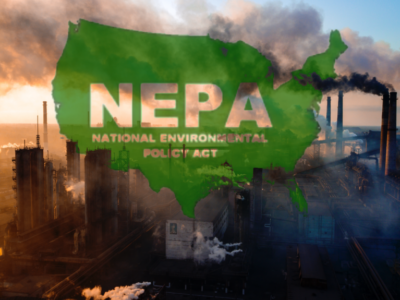Changing Course on Consumption
The United States has been an extravagant user of energy and resources, and this trajectory is not sustainable. With only one-twentieth of the world’s population, the United States consumes a fifth of the fossil fuels, produces a quarter of the carbon dioxide, and a third of the paper and plastic use. From 1900-1990, U.S. population tripled, while the use of raw materials multiplied seventeen times. The U.S. also now uses a fifth of the world’s copper, a quarter of its aluminum, and a third of the paper.
To see the need for a change in course, imagine that consumption continues to grow at the same rate in this century as in the last century. In the absence of a compensating increase in efficiency of resource use, the U.S. alone would consume three times the current world total for fossil fuels, produce three times its current amount of carbon dioxide, use three times the current world consumption of copper, and so forth.
This is obviously not feasible, and presumably technological change would deal with much of the problem. But the projected roughly seventeen-fold increase in resource use would require enormous increases in renewables and efficiency simply to keep America’s ecological footprint where it is today – and today’s footprint is not sustainable. Thus, even remarkable technological changes to reduce fossil fuels and resource use may not be enough by itself. We need to begin rethinking how much and what we consume, as well as how we produce the goods, services, and energy used by consumers.






Reader Comments